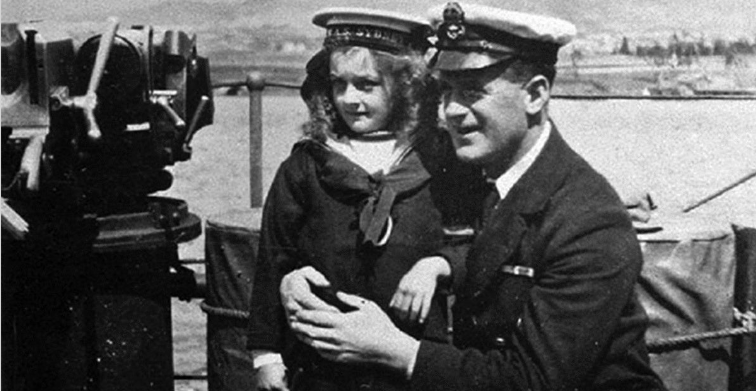National reunion for WRANS
A message from the Naval Association of Australia
A national reunion for WRANS, celebrating 80 years of Navy Women will be hosted in Brisbane with a ceremony at Jack Tar Memorial, Southbank on 29 September at 11am.
At the recent RIMPAC exercise, Captain Phillipa Hay of the Royal Australian Navy led Task Force One. She was the first non-US military woman in that role. Captain Hay was formerly the Commanding Officer of HMAS Moreton in Brisbane.
Women in the military have come a long way since the (Women’s Royal Australian Naval Service (WRANS) were formed in 1941, but it may come as a surprise that the first official woman to serve on board a ship at sea was six-year-old Nancy Bentley in 1920.
Nancy suffered a snake bite on the shores of Port Arthur, Tasmania. The nearest medical help was many miles away and in desperation, Nancy’s father rowed her to HMAS Sydney (I), which was anchored there. Regulations at the time did not allow for civilians, especially women, to be administered medical treatment on board one of His Majesty’s warships. The quick-thinking ship’s Commanding Officer ordered that Nancy be formally enlisted into the Royal Australian Navy. First aid was quickly administered before Sydney transported Nancy to Hobart where she received further medical treatment. The sailors even fashioned a uniform for Nancy!
‘That was a highly unusual incident,’ said Helen Yench, current President of the Naval Association of Australia (Qld). ‘Not only were women strictly off-limits on ships, but the sailors thought they were unlucky.’
Such was the case until in 1941 when an extraordinary woman Florence Violet McKenzie persuaded the Navy to authorise the entry of women into the WRANS. This was in response to increased wartime demands for naval personnel, freeing up the men to serve at sea. Twelve wireless telegraphists, accompanied by their mentor ‘Mrs Mac’, arrived at the RAN Wireless/Transmitting Station, HMAS Harman, Canberra in October 1942 and were sworn into the Navy as enlisted personnel.
The WRANs are credited with vital communications service 24/7 monitoring all incoming and outgoing radio traffic during the War.
Mrs Lillian Coyne, 96, from Maryborough was one of the first WRANS to sign up at HMAS Moreton in the Second World War. According to Lillian, when Mrs Mac was trying to persuade the Navy brass to allow her radio operators into the service, their reaction was, ‘Women in the Navy? Never!’
‘I was a Writer and there were Drivers, Medics, Cooks and Stewards, everyone that was needed on shore. We all loved every minute of it; it was so exciting to be part of the war effort and serving with all the men.
‘I was billeted in Hut Number 3, the Transport Drivers Hut, but as a Navy Writer, we did all the administrative and clerical work.’
Post-war economic rationalisation saw them disbanded, but in 1950 they were re-established due to the Cold War. By the early 1980s, women were gradually integrated into the regular Navy and fairly rapidly were allowed to deploy overseas, then in combat zones and finally to serve at sea.

Nancy Bentley
